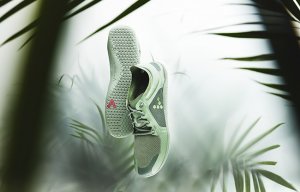
New plant-based shoes from Vivobarefoot
Innovation in Textiles editor Adrian Wilson talks to Galahad Clark, founder and managing director of fast-rising sustainable footwear brand Vivobarefoot.
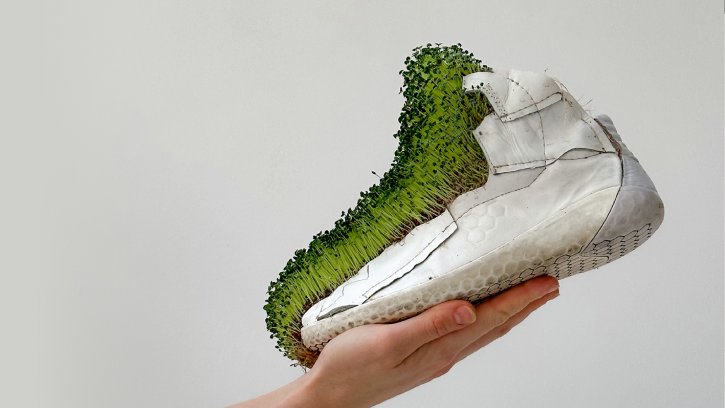
13th December 2023
Innovation in Textiles
|
London
Adrian Wilson: Hi Galahad, I should start by telling you that a friend of mine converted to barefoot hiking and running about five years ago, having never liked the constricting feel of shoes or boots on his feet. Pretty soon his toes spread out so that he says he can never really wear anything else now. So, he is very much a believer. But I’m sorry to report he has yet to try a pair of Vivobarefoots, mainly, he says, because of the cost compared to a cheaper option he first tried and stuck with. Having said that, he reports that his big right toe seems to punch through anything they send him after three months. Would you care to quickly convert this friend?
Galahad Clark: In addressing your friend’s reluctance based on cost considerations, it’s essential to contextualise the current inflationary environment, especially in warehousing and distribution logistics, coupled with material inflation. At Vivobarefoot, we view our pricing as a reflection of our commitment to creating a sustainable future. Allocating funds to maintain our margins enables us to drive essential initiatives, including value chain innovations, end-of-life solutions, digital health education programmes and Biome innovation. Furthermore, we take pride in the increased value of our products, marked by substantial investments in superior materials and enhanced construction quality over the past three years. We acknowledge the challenge of ensuring the full value proposition of our products is recognised – a common hurdle for sustainable businesses in society.
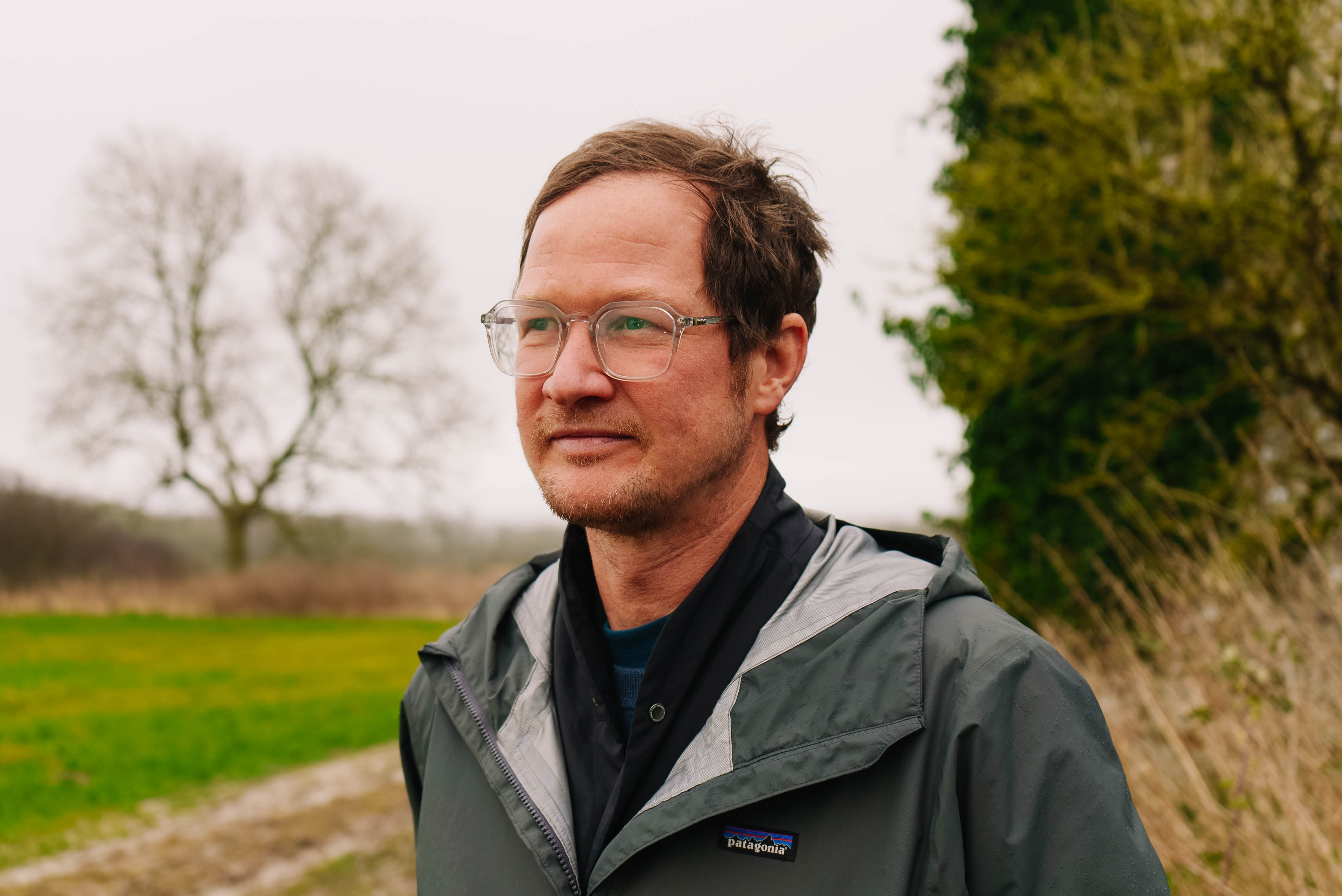
AW: And what would you say to someone looking to first try out barefoot walking or running? What are the key benefits in a nutshell?
GC: For individuals venturing into barefoot walking or running, it’s crucial to transition gradually if they’ve been accustomed to narrow, cushioned and rigid shoes. Regardless of the brand, the core principles of barefoot footwear involve thin soles, wide toe boxes, and heightened flexibility. This design stimulates the feet and ankles more than traditional shoes, fostering strength, mobility and enhanced performance across various sports and exercises. The resulting stronger feet and ankles act as a preventive measure against injuries, both in physical activities and everyday life. The investment in our Vivo Health platform underscores our commitment to assisting people at various stages of their barefoot journey, whether they are just starting out or transitioning to running.
AW: Can you tell us a bit about the background to the formation of the company, and guide our readers through your subsequent major milestones since 2012?
GC: Rooted in a seven-generation cobbling legacy from Glastonbury, Somerset, England, dating back to 1825, my family has a deep connection to the footwear industry. While Clarks Shoes – one of the world’s oldest and most recognised footwear businesses – symbolises our heritage, I ventured into a personal journey to redefine society’s perception of shoes with Vivobarefoot in 2012.
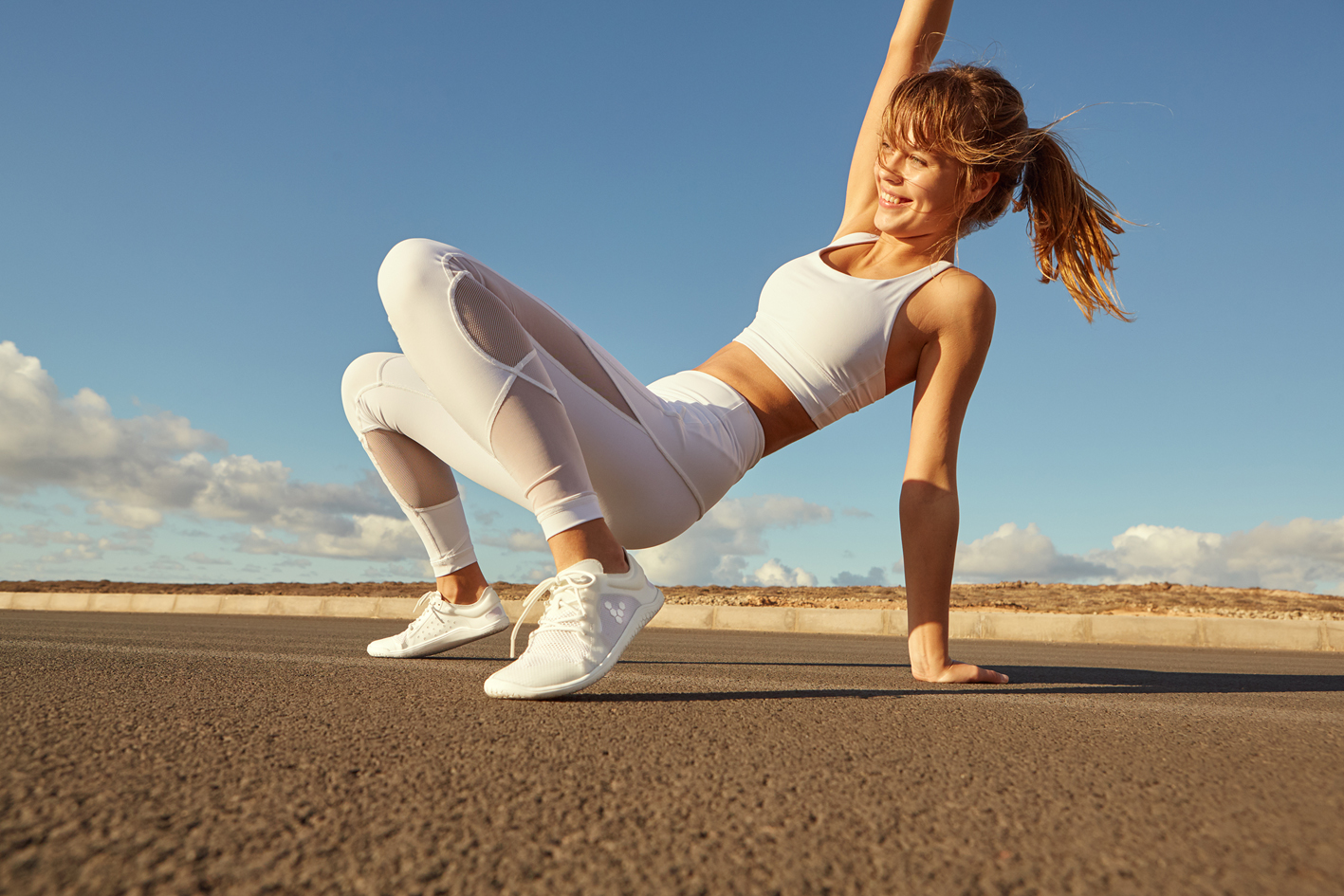
Teaming up with my cousin and co-founder, Asher Clark, we explored the global landscape of shoemaking, learning from both modern craftsmen and indigenous experts. Our travels crystalised a crucial principle – the core of barefoot design and the true purpose of footwear – protecting feet from cuts, cold, and heat. We firmly believe that the most extraordinary technology in shoes is the human foot itself. This profound realisation became the pivot for our brand, allowing feet to move freely as intended by Mother Nature.
We achieved B Corp certification in 2020 for our commitment to social and environmental responsibility and in 2024 we will be announcing a very exciting new update to our B Corp score. In 2021, we introduced the Livebarefoot Fund, directing resources to projects aligned with our mission. Then, in 2022, we rolled out VivoHealth, offering educational resources and programmes to support the barefoot journey.
AW: Vivobarefoot refuses capital investment. Can you explain why?
GC: We are diligent in structuring and staying vigilant with our own objectives, crafting the metrics by which we measure success without solely relying on impatient capital dictating our goalposts. This approach allows us the autonomy to establish ambitious targets and construct the necessary frameworks for self-improvement. We have to strike a delicate balance between purpose and profit.
AW: You have just released Unfinished Business, your admirably forthright and detailed integrated annual report for 2022/2023. In the introduction, you remark that there are too many secrets in industry and it’s one of the reasons we’re in the mess we’re in. Can you elaborate?
GC: Historically, business has been focused on capital growth at all costs, powered by the need to compete and surpass competitors. We believe this way of thinking to be archaic, not fit for purpose and to have directly contributed to the current state of our world and the multiple crises we find ourselves in. In the footwear industry, we face the same challenges as our ‘competitors’. Our aim is to convene and work as collaborators with other like-minded organisations, sharing data and supporting each other through innovation, in finding the solutions we need to shared challenges.
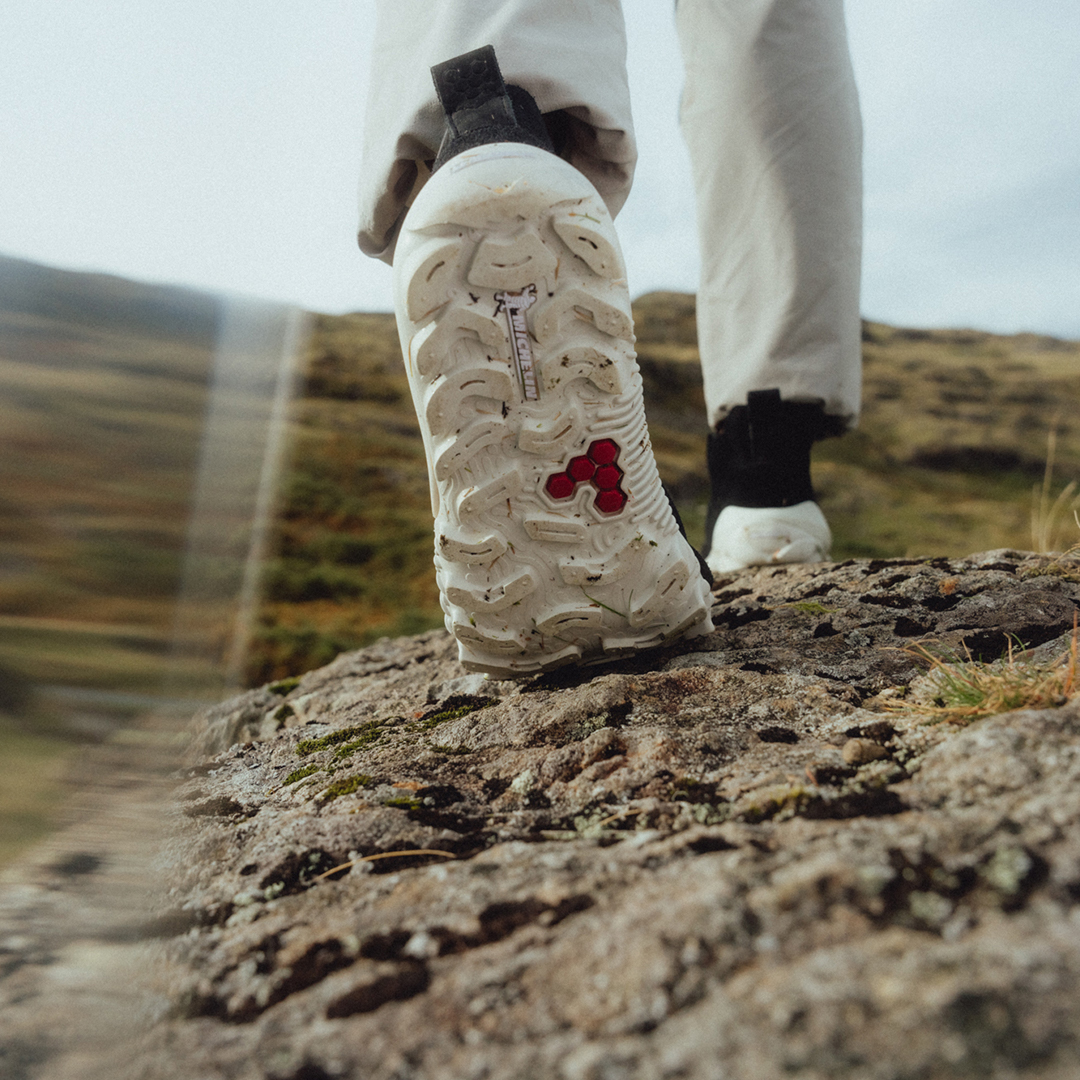
AW: Can you also explain the idea that “if you’re not failing, you’re not trying hard enough”?
GC: At Vivobarefoot, we embrace this notion. It is intertwined with our commitment to innovation and continuous improvement in creating regenerative businesses. We embrace the challenges of uncharted territory, understanding that true innovation demands risks and occasional setbacks. Failure is not a defeat but a valuable source of learning, guiding us to refine our products and strategies in line with our sustainability goals. We continually push the boundaries, challenging the status quo of the footwear industry, driven by a relentless pursuit of positive impact on both our planet and customers. Our journey is marked by experimentation and continual learning, recognising that failures are vital steps toward realising our vision of a regenerative and sustainable future.
AW: In trying to build “a regenerative business in an industry infamous for exploitation, extraction, short-termism and waste”, what are the other main established industry practices you are most keen to avoid?
GC: We’re actively steering clear of key established industry practices. Our primary focus is on designing out waste entirely. We are committed to constructing truly circular solutions for all our products, aiming for a future where every piece of footwear we create can be recycled or is biodegradable. While we acknowledge there’s a substantial journey ahead, we’re collaborating with top innovators and anticipate exciting updates to share in 2024. Additionally, we’re engaging our customers through ReVivo, encouraging them to opt for reconditioned footwear, repair their existing Vivo shoes, and send back old ones when no longer wearable. This customer-centric approach aligns with our vision of creating a value chain rather than a conventional supply chain.
AW: You achieved sales of £73.4 million in your 2022/23 year, up 49% on the previous year, while selling just under one million pairs of barefoot shoes, up 29% on 2021/22. How do you account for the differing two percentages?
GC: To put it simply, we sold products at a higher price point, which led to higher revenue growth compared to growth of the number of pairs sold.
AW: Also, in terms of material transparency, the report states that 55.9% of materials were from synthetic polymers, primarily synthetic rubber (32.5%) and polyester (9.09%). What I don’t see in the otherwise comprehensive report, is what these percentages are of? How many tons of synthetic rubber and polyester went into the almost one million pairs of shoes sold in the year? Are these figures available?
GC: At the time of publication, we were validating weight and material consumption data, by component across our styles. We are still conducting this analysis across both new and historical styles and will update our materials overview page with this comprehensive data early in 2024.
AW: What’s on the immediate horizon for Vivobarefoot as we approach 2024?
GC: We’re excited to plan new stores in the US, with Vivo Health – we are launching Vivo 9 natural health pillars for holistic wellness and exciting new styles, stay tuned.
AW: One final thing that strikes me from reading Unfinished Business, is that trying to establish a business model like yours and reach the many goals you’ve set just seems like incredibly hard work! Much harder than simply making and selling things, which was the starting point for many now established companies. Do you think this might maybe put them off making bold moves?
GC: Whilst a lot of the stuff we do now is voluntary, legislation in the EU and US will mandate companies to do better – be more transparent about their value chain, use better materials, conduct due diligence across business operations and design out the most harmful processes. So while it puts some companies off now, they won’t be able to avoid it for much longer. The playing field will be evened out over the coming years, which is what customers and ultimately, the planet deserves. And whilst it’s a shame to see that the largest driver for change needs to be legislation, we embrace meaningful progress across all levels.

Business intelligence for the fibre, textiles and apparel industries: technologies, innovations, markets, investments, trade policy, sourcing, strategy...
Find out more